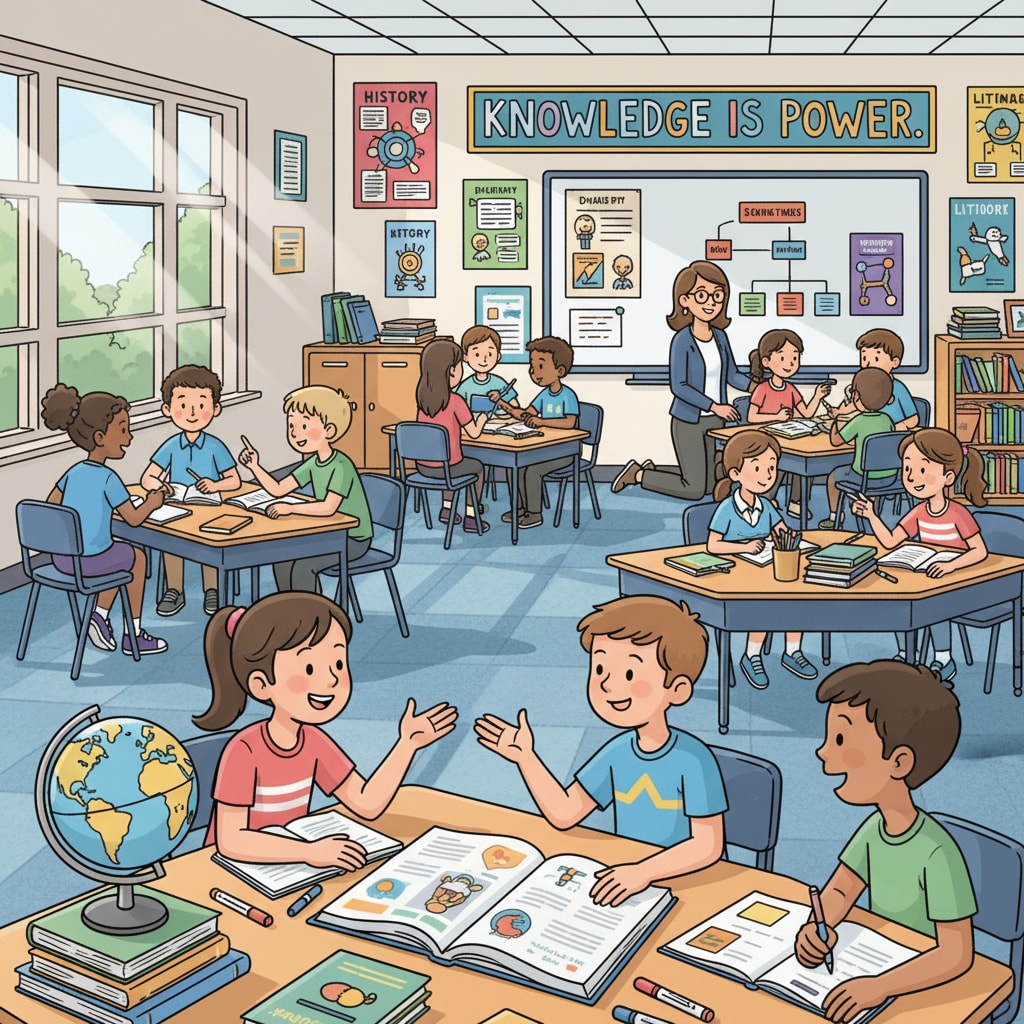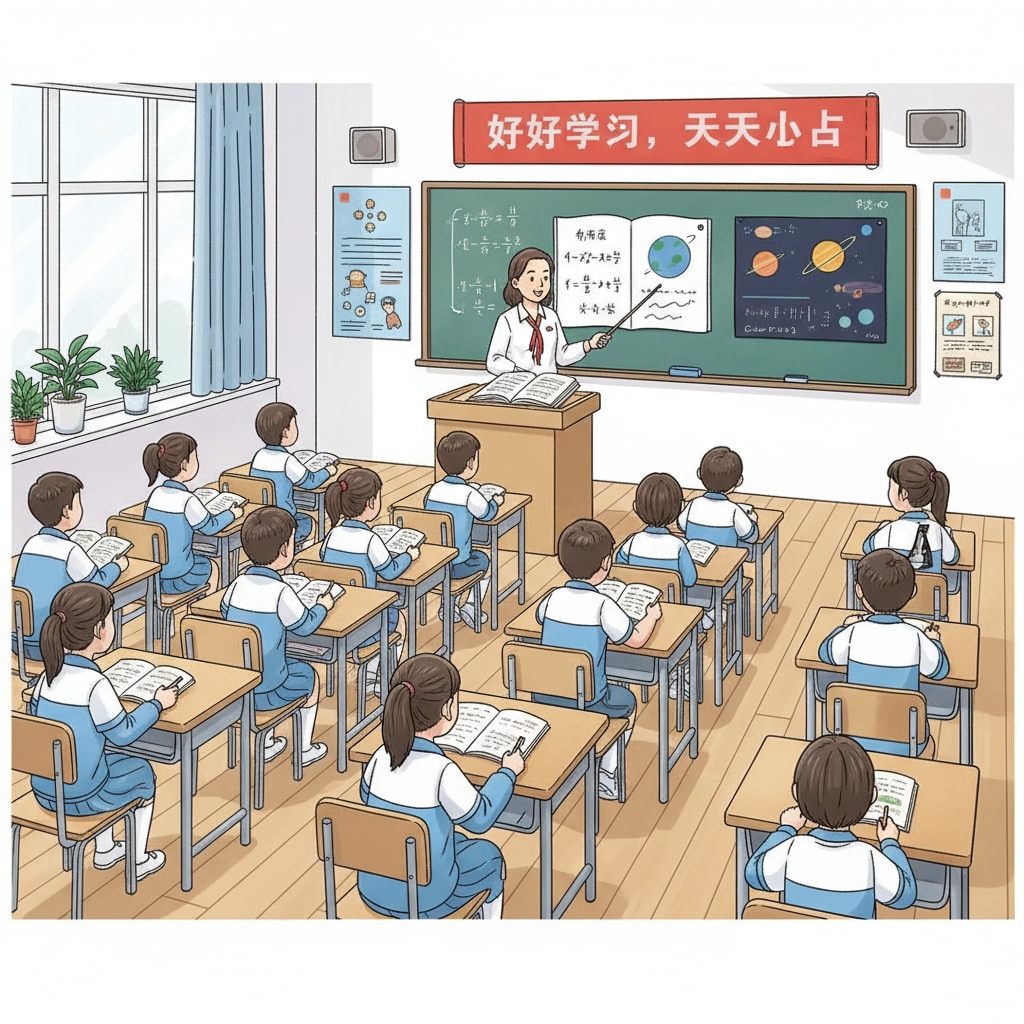Education systems, cultural differences, and learning pressures are integral aspects when comparing the K12 education in the United States and China. These two countries, with their distinct cultural heritages and social structures, have developed unique educational models.

In this article, we will embark on a journey to explore the differences, advantages, and disadvantages of these two educational systems.
The Foundation: Educational Philosophies
The educational philosophy in the US emphasizes individualism. It aims to cultivate students’ creativity, independence, and self-expression. American educators believe in letting students explore their interests freely. For example, in art classes, students are encouraged to create works that reflect their personal styles. On the contrary, Chinese education philosophy leans towards collectivism. It focuses on building a solid foundation of knowledge, obedience to rules, and the overall development of the group. According to Wikipedia’s Education in China page, Chinese students are often required to master a wide range of subjects to ensure a comprehensive understanding.

Teaching Methods: A Closer Look
American teaching methods are more student-centered. Teachers often use group discussions, project-based learning, and hands-on activities. This allows students to actively participate in the learning process. In contrast, Chinese teaching methods are more teacher-centered. Lectures and rote memorization are common, which help students quickly absorb a large amount of knowledge. However, this may limit students’ independent thinking to some extent. As stated on Britannica’s page on Education in China, efforts are being made to introduce more student-centered approaches.
Another significant difference lies in the evaluation system. In the US, a variety of assessment methods are used, including assignments, tests, and class participation. This gives a more comprehensive evaluation of students’ abilities. In China, the college entrance examination (Gaokao) has a huge influence on students’ futures. The result of this single exam often determines which university a student can enter, thus putting great pressure on students.
Readability guidance: We have explored the educational philosophies and teaching methods in both countries. Next, we will analyze the impact of these differences on students’ development and learning pressures.


